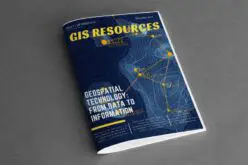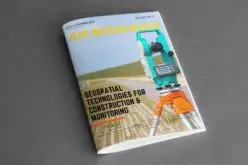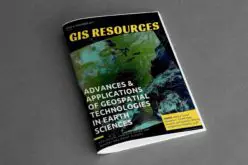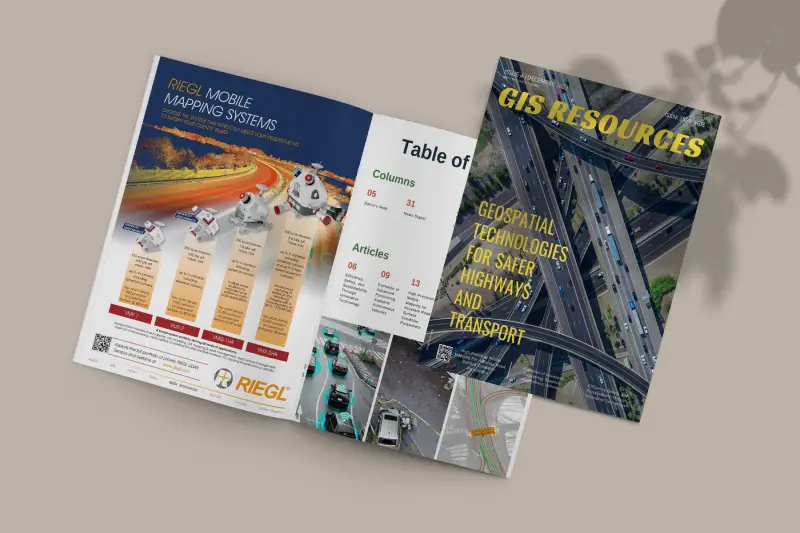GIS Resources Magazine (Issue 4 | December 2023): Geospatial Technologies for Safer Highways and Transport

GIS Resources is pleased to announce the publication of its 4th edition (December 2023) of the print and digital magazine. The edition is titled “Geospatial Technologies for Safer Highways and Transport.”
In an era where technology continues to reshape the landscape of our daily lives, geospatial technologies are emerging as a crucial tool in ensuring the safety and efficiency of our highways and transport systems. As the world becomes increasingly interconnected, the need for intelligent solutions to manage traffic, monitor infrastructure, and enhance overall transportation safety has never been more pressing.
Imagine a network of intelligent roads weaving through our landscapes. Drones flit overhead, meticulously scanning for potholes, cracks, and crumbling edges. Satellite imagery feeds live traffic data into central hubs, predicting congestion and rerouting vehicles in real-time. Inside our cars, GPS systems seamlessly blend with advanced driver-assistance technologies, warning us of impending dangers and gently correcting errant maneuvers. This is not science fiction; it’s the near future painted by geospatial innovation.
The benefits are myriad. By pinpointing accident blackspots and road flaws with laser precision, we can prioritize maintenance and infrastructure upgrades, preventing countless collisions before they occur. Real-time traffic management systems powered by GPS data can alleviate congestion, reducing frustration and lowering emissions. Automated driver assistance, fueled by geospatial mapping and sensor technology, can mitigate human error, a leading cause of road accidents.
But the impact extends beyond infrastructure and vehicles. Geospatial data empowers emergency response teams, guiding them to accident sites with unparalleled speed and accuracy. It allows environmental monitoring, ensuring proactive measures against landslides, floods, and other natural hazards that disrupt crucial routes. It even fosters sustainable transportation planning, guiding the development of efficient public transport networks and pedestrian-friendly spaces.
The potential of geospatial technologies for safer highways and transport is undeniable. As we invest in these innovations, we pave the way for a future where every journey is not just faster, but safer, smarter, and more sustainable. Let us embrace the opportunities offered by this technological revolution, ensuring that every mile traveled leads us toward a world where accidents are anomalies, not statistics. Let us navigate a safer future, one geospatial solution at a time.
The following are the articles published in this edition:
- Efficiency, Safety, and Sustainability through Innovative Technology at pg. 6 – by Renata Barradas, Leica Geosystems
2. Evolution of Advanced Positioning Supports Autonomous Vehicles at pg. 9 – by Paola Gonzalez, Trimble Autonomous Navigation Solutions and Kevin Andrews, Trimble Autonomy
3. High-Precision Mobile Mapping for Accurate Road Surface Condition Parameters at pg. 13 – by Nina Heiska and Veli-Pekka Puheloinen, Nordic Geo Center Ltd
4. Transforming Road Saftey: Pix4D Solutions For Road Development And Collision Reconstruction at pg. 21 – by Pix4D
5. Mobile LiDAR Technologies For Advance Road Inspections at pg. 25 – by Ilya Shikov, TOPODRONE
6. Geospatial Technologies for Climate Change Mitigation at pg. 28 – by Angie Brewster, Vexcel Imaging
Click to Download the Full PDF
Also Read –
About Author
Related Articles

GIS Resources Magazine (Issue 3 | September 2020): Geospatial Technologies: From Data to Information

GIS Resources Magazine (Issue 4 | December 2018): Geospatial Technologies For Construction & Monitoring

GIS Resources Magazine (Issue 4 | December 2020): Geospatial Technologies in Fire Protection Infrastructure Development








